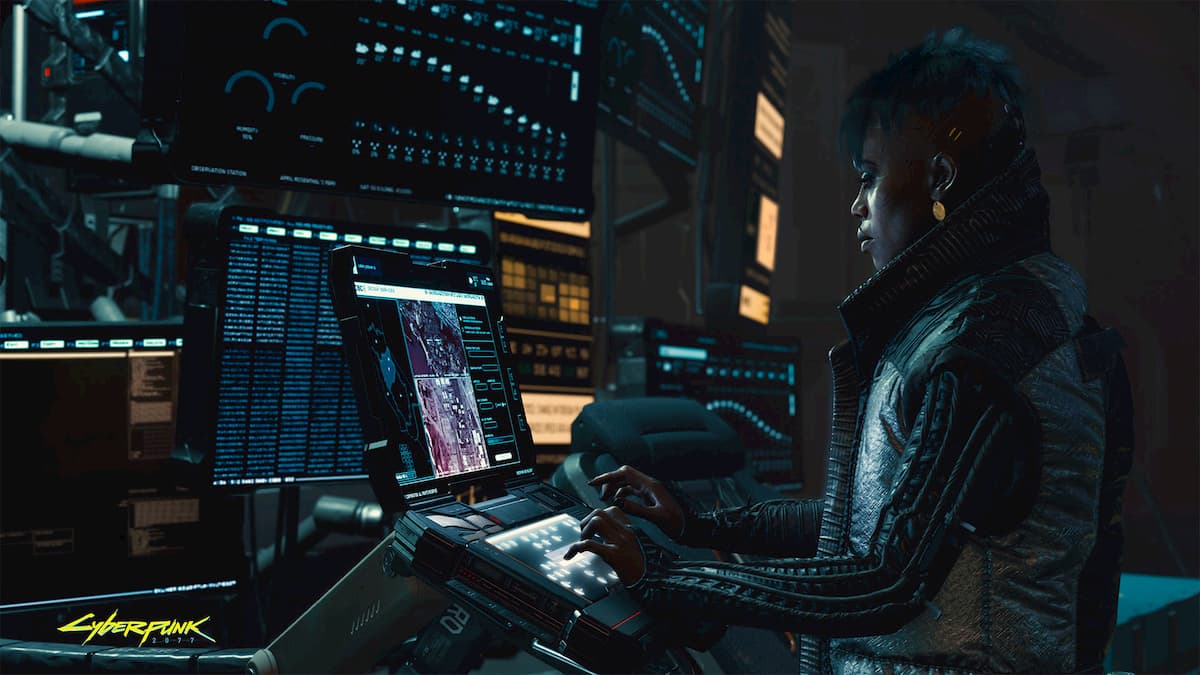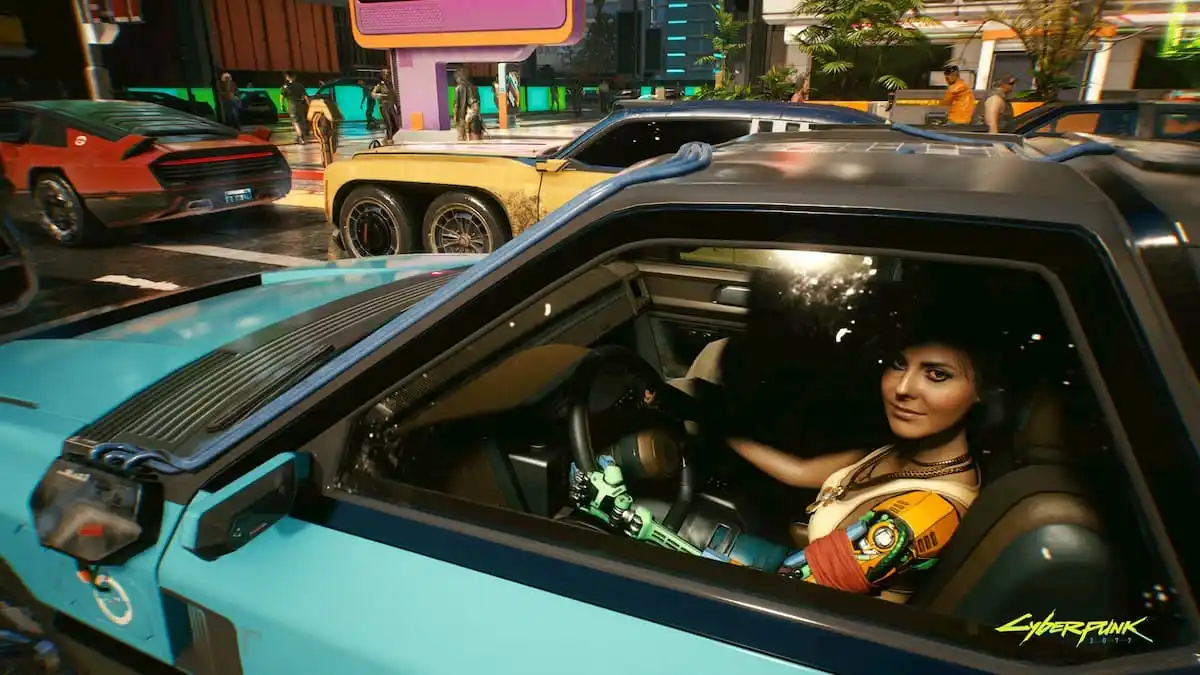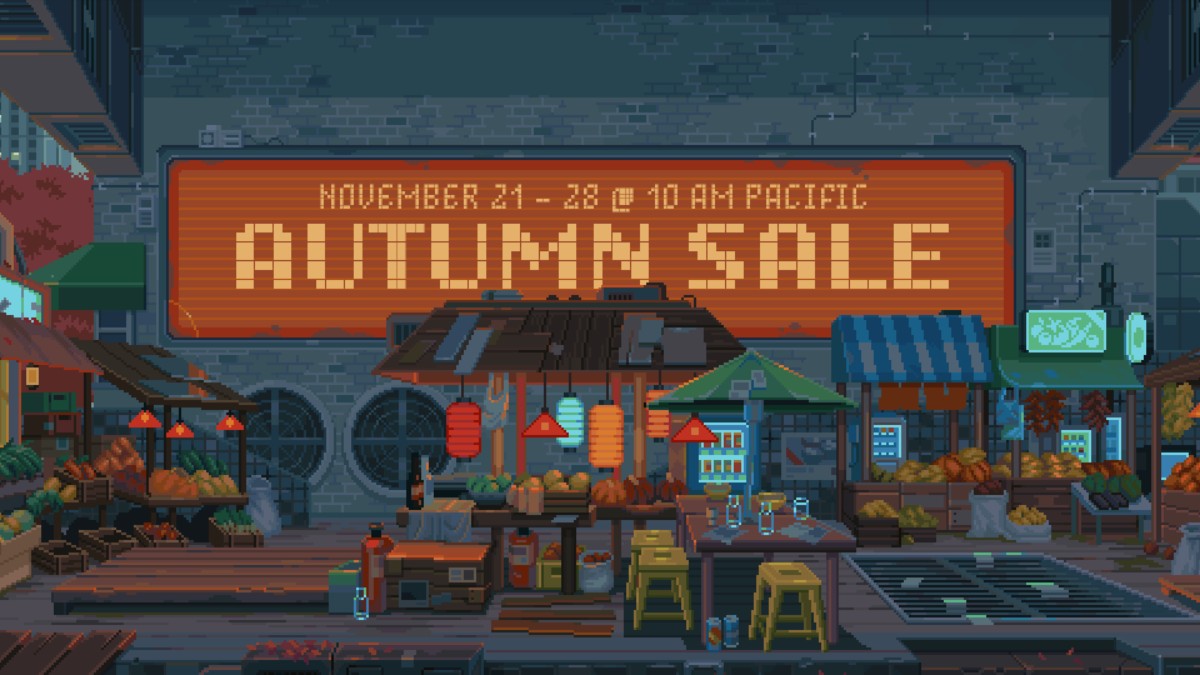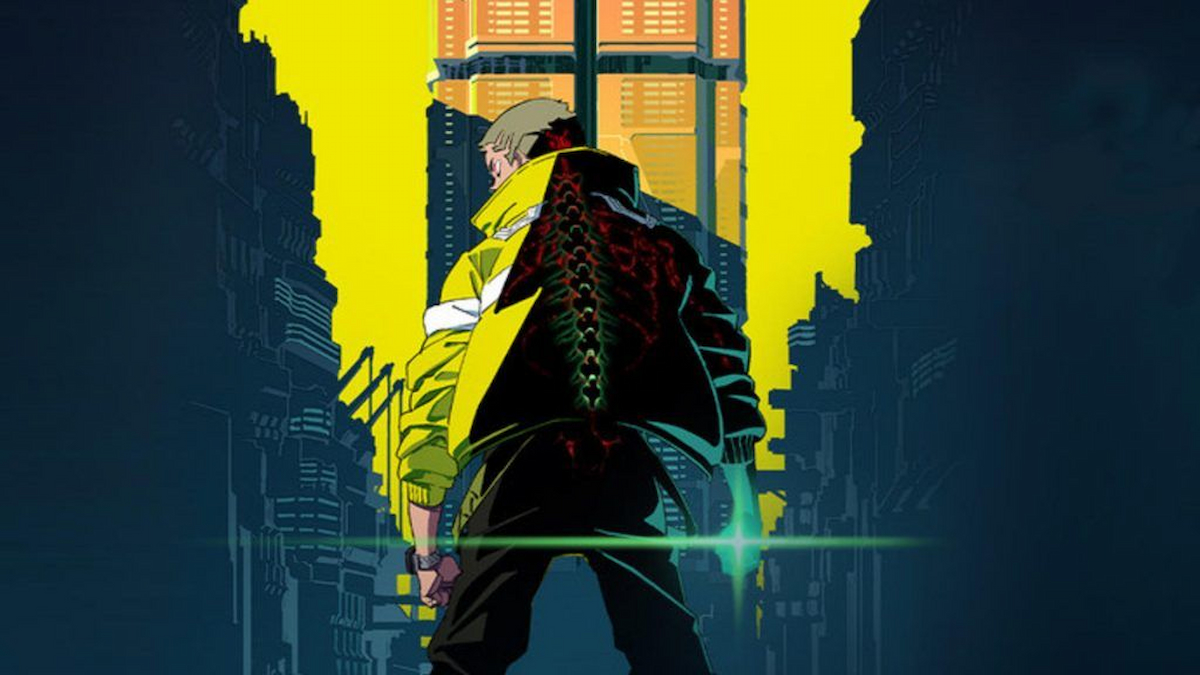Quickhacks will be one of your best sources of causing disorder as a Netrunner in Cyberpunk 2077. Each one can have a different type of effect, and as you get further into the game, you’ll be able to unlock more powerful Quickhacks that you can upload into your enemies.
Legendary Quickhacks are the top-of-the-range abilities you can obtain, and these higher-quality versions will let you control the course of a fight in style. Here is a list of all the legendary Quickhacks you can get in Cyberpunk 2077 and what they’ll do for you.
Related: How to equip and use Quickhacks in Cyberpunk 2077
All Legendary Quickhacks in Cyberpunk 2077

You can get your hands on 17 Legendary Quickhacks in Cyberpunk 2077. While some of these can be found as lower-quality items, the best versions of them are in the orange tier. You’ll also need to have a legendary Cyberware implant to go along with them so they work.
- Ping – Reveals and highlights all enemies and devices connected to the local network.
- Bait – This will lure an enemy to your current position. Can also be uploaded to a camera and lure the enemy to this device instead.
- Contagion – Infects the enemy with a virus that can spread to other enemies within the area. This virus does damage over time. Using Overheat against an enemy with Contagion will cause the target to explode.
- Cripple Movement – Disables the movement of the current target while making them more prone to melee damage.
- Cyberpsychosis – Forces the target to attack the nearest enemy or friendly unit nearby.
- Cyberware Malfunction – Disables the cyberware of the current target and increases damage against them. Can stack up to five times, with different effects. At two stacks it will permanently disable the enemy’s cyberwar. At three stacks it deals electrical damage over time. At five stacks it deals physical damage to the enemy.
- Detonate Grenade – Causes a grenade on the target to explore. Can also be used on robots, drones, and mechs to deal damage to their weak spot.
- Memory Wipe – The enemy will not notice your presence for a short amount of time.
- Overheat – This will set the enemy on fire and cause damage over time, also dealing damage to any armor that they have. Attacking the enemy can cause the duration of the quickhack to extend.
- Reboot Optics – Makes the enemy blind and reduces their accuracy.
- Request Backup – Requests an enemy within range to another target enemy’s location.
- Short Circuit – Deals electrical damage and applies an EMP effect that deals additional damage over time.
- Sonic Shock – Reduces the target’s ability to detect you by deafening them while also preventing them from communicating and receiving aid from their allies.
- Suicide – Causes an enemy to kill themselves with their own weapon.
- Synapse Burnout – Deals physical damage to the enemy plus additional damage for each RAM unity already spent.
- System Collapse – The target will be knocked out.
- Weapon Glitch – Causes their weapon to explore, forcing them to switch to another weapon. It also reduces the accuracy of the enemy.







Published: Sep 26, 2023 09:28 pm